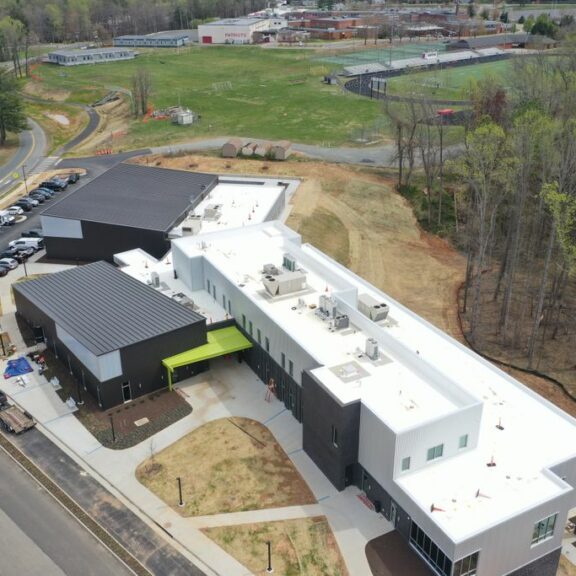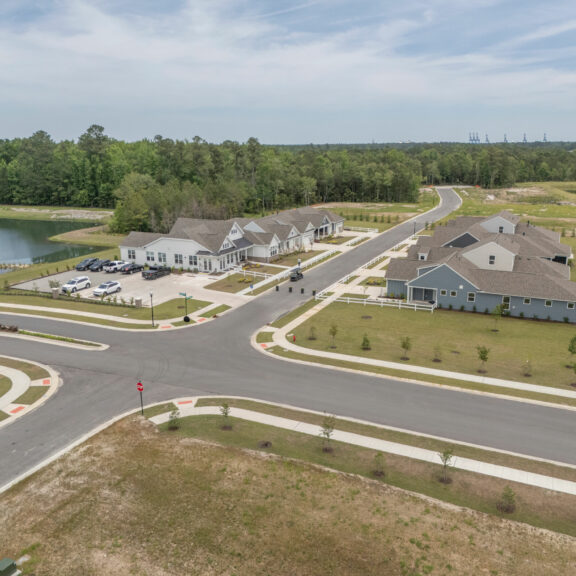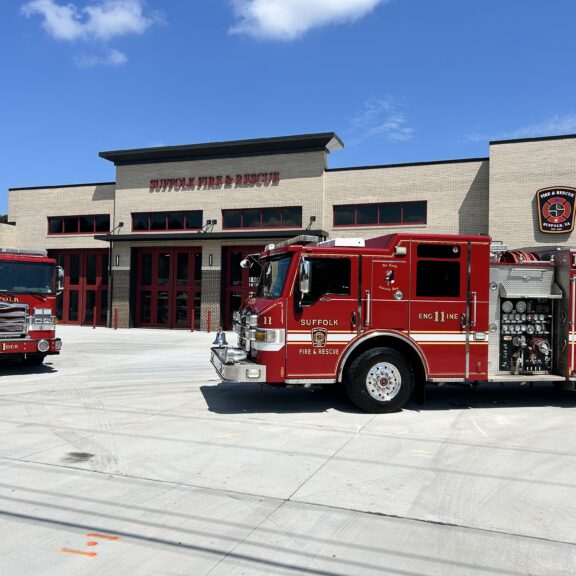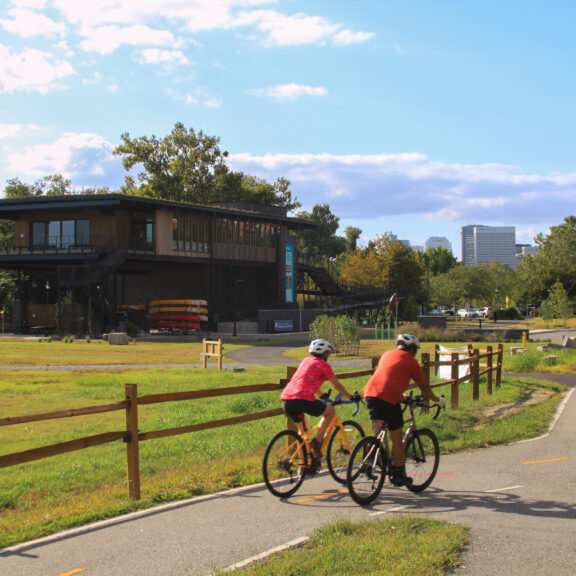In the modern urban landscape, dry utilities such as power, gas, and internet are essential to maintaining the functionality and growth of cities. These utilities, often hidden in plain sight, play a crucial role in urban development by ensuring that residents and businesses have access to necessary services for daily life. Intentional dry utility planning, relocation, rehabilitation, and expansion have the power to transform cityscapes. Let’s begin exploring the impact of this often-overlooked aspect of land development with some definitions.
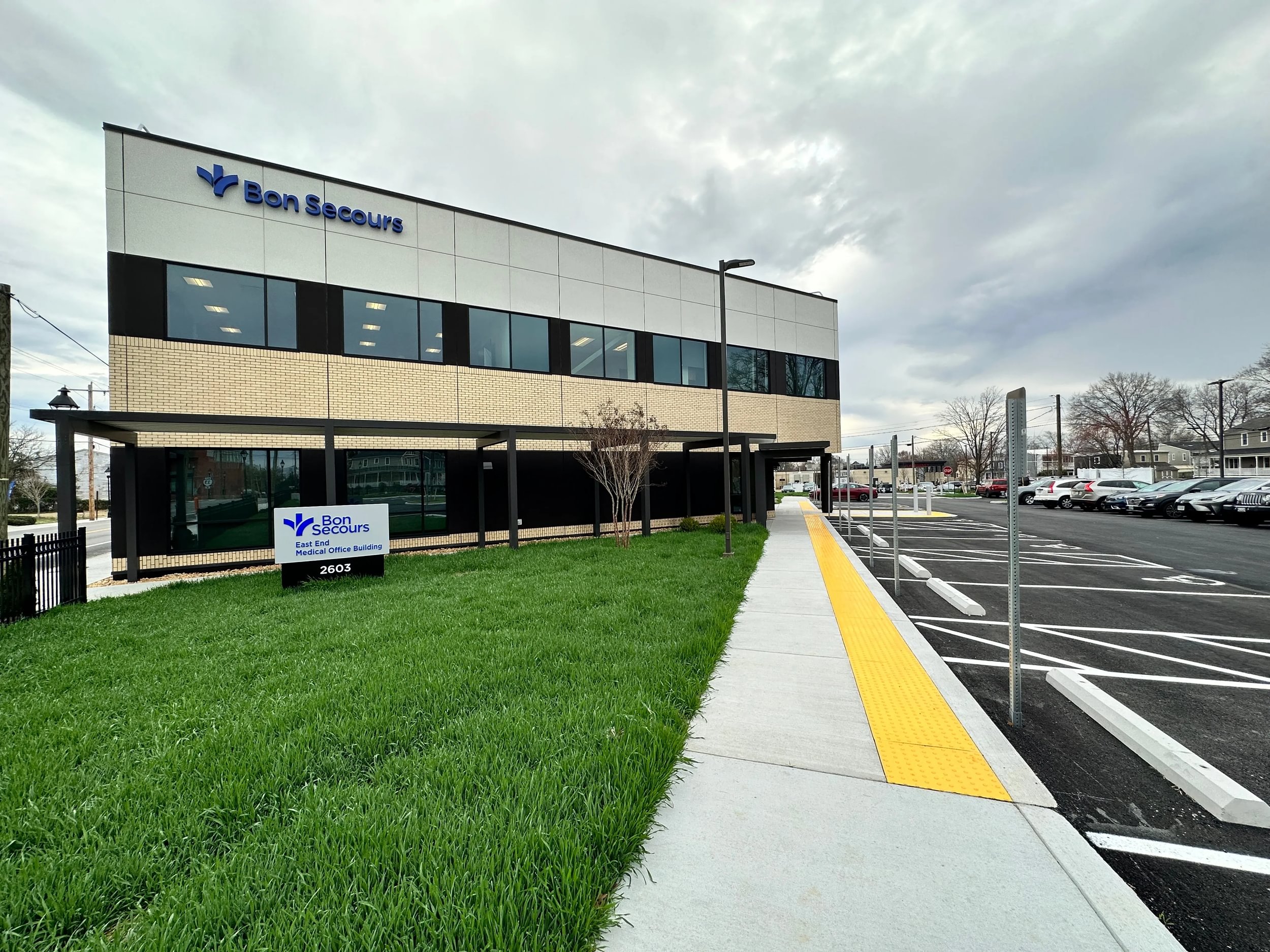
WHAT ARE DRY UTILITIES?
Dry utilities are simply any utilities that are not wet; more specifically, dry utilities refer to essential services that do not involve water, wastewater, stream, and stormwater. Electricity, natural gas, telecommunications, and internet services are all dry utilities. While wet utilities deal with waste management, water supply and conveyance, and more, dry utilities are responsible for providing energy and communication networks that advance urban areas to keep them functional and connected.
Planning, design, and maintenance of wet and dry utilities contrast sharply. While wet utilities often rely on extensive piping systems, dry utilities involve a convoluted network of cables, conduits, and utility poles, making their coordination and management a unique challenge in urban development. This distinction is partially because wet utilities are often publicly owned while dry utilities are typically privately owned. Utilities owned by a public entity tend to follow more consistent rules. The standards to which dry utilities are designed and built can vary widely from company to company or even from designer to designer within a company.

THE ROLE OF DRY UTILITIES IN URBAN DEVELOPMENT
Efficient utility coordination and design are vital for urban growth. Dry utilities support a range of essential services used by all, from powering homes and businesses to enabling communication and internet connectivity. In an increasingly connected world, the availability of reliable power and internet services are crucial for attracting businesses and fostering innovation. While citizens and businesses depend on the effective operation of these critical services, there is often a lack of understanding regarding how these utilities are properly coordinated, relocated, installed, and maintained.
Coordinating and designing dry utilities involves several steps, each crucial for the successful relocation and installation of these services. The process begins by contacting relevant utility companies to start the initial assessment and planning phase. Utility and city engineers work with developers and their engineering teams to evaluate existing infrastructure and identify strategies for relocation and new services. A comprehensive plan is then developed with the input of multiple stakeholders, such as utility companies, city engineers, development teams, contractors, and more.
When relocating underground dry utilities, the entire system must be considered. Utility poles scheduled for removal regularly support multiple assets from various owners, requiring additional coordination and design for secondary power or telecom lines. In urban development, existing underground utilities create limited space to path new duct banks to accommodate primary power, secondary power, and telecommunications lines within municipal guidelines. Additional factors such as available capacity, redundancy, and future growth further complicate the coordination and design of dry utilities. Effective coordination of dry utilities is paramount for increasing time and cost savings, improving safety and aesthetics, and ensuring proper phasing and future planning.
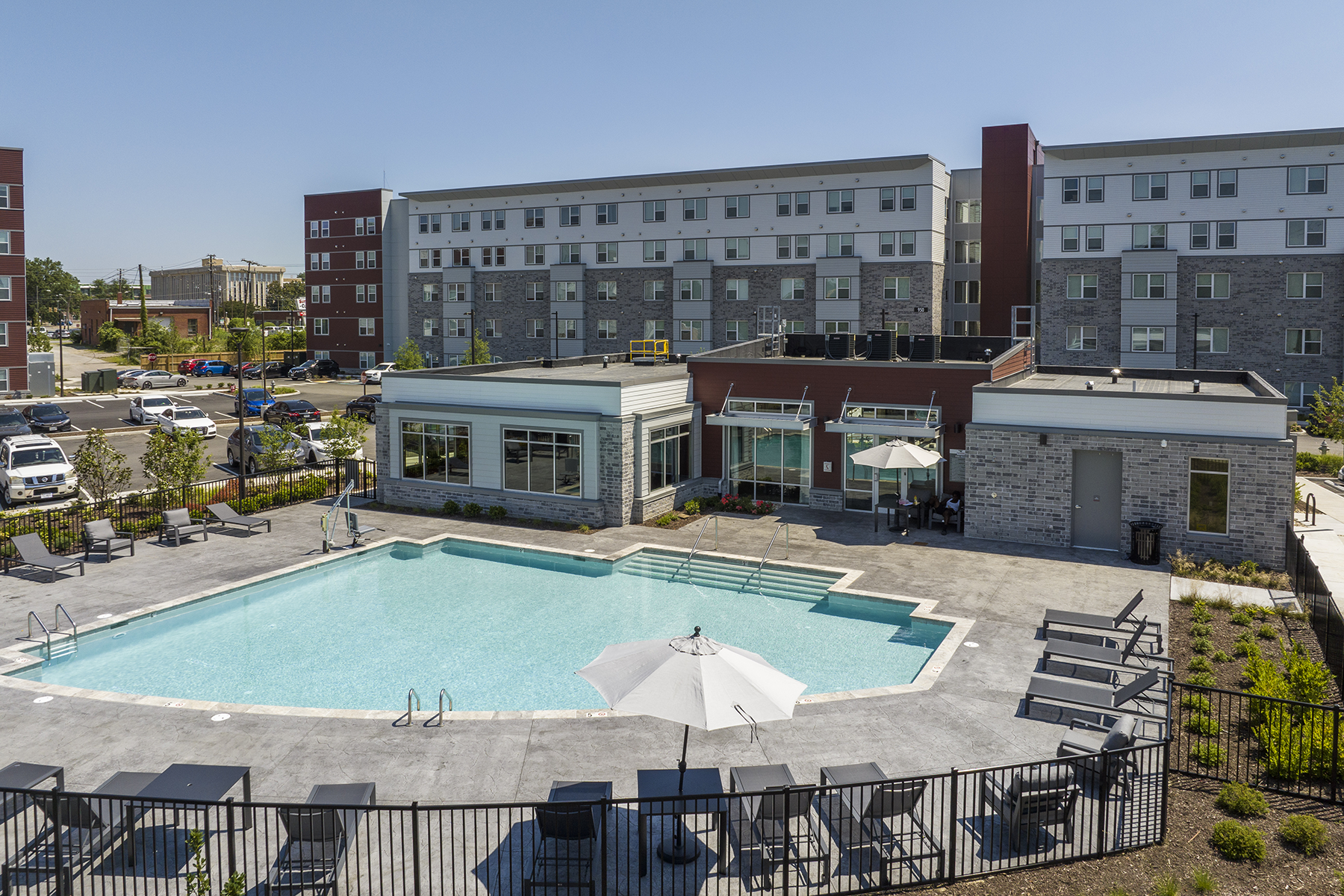
BENEFITS OF EFFECTIVE DRY UTILITY MANAGEMENT
It can be difficult to draw water from a rock and even more difficult to obtain actionable and timely responses from utility stakeholders due to the implicit chaos of installing, relocating, and maintaining hundreds of miles of utility infrastructure. With a dedicated team coordinating project progress, keeping utilities in lockstep, assisting in utility design, and understanding the language of the utility, many of these challenges can be avoided.
With zero-lot line builds becoming increasingly common in urban environments, along with the complex labyrinth of existing aerial and underground infrastructure and the desire to relocate utilities underground for futureproofing, the coordination of dry utilities in the urban environment has become increasingly complicated. As a result, the need to perform complex utility relocations and new service designs rises. Luckily, Timmons Group offers a wide variety of dry utility services tailored to your project needs.
Timmons Group established a dry utility practice in 2022, introducing a new set of highly requested services to the firm. Since its establishment, the dry utility practice quickly grew from its origins in the heart of Richmond. Over the last three years, the practice has expanded across Virginia, North Carolina, and South Carolina. With multiple completed and active projects under their belt, the Timmons dry utility team is available to assist with your coordination and design needs.
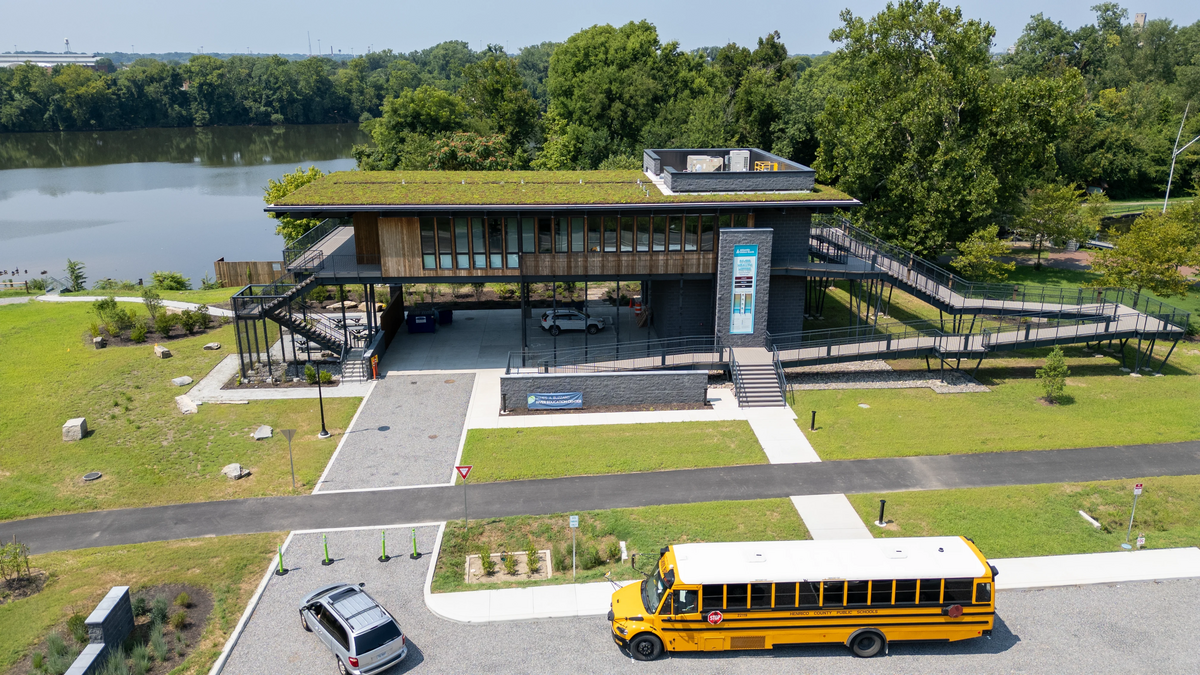
TIMMONS GROUP DRY UTILITY SERVICE OFFERINGS
Timmons Group offers various levels of dry utility coordination and design support, from determining utility availability to acting as an agent of the developer through the entire design and construction process spanning years. Whether you need spot utility, duct bank design, or full-scale relocation prints spanning city blocks, our dry utility practice has the ability to design on behalf of multiple impacted and interconnected utilities to integrate into your civil plan set seamlessly. From conducting due diligence assessments to delivering as-built plan submittals, our practice is well-equipped to meet the various needs of your project.
For more information about our dry utility services, contact Joe Zielinski III at joe.zielinski@timmons.com to learn how we can support your next project!

